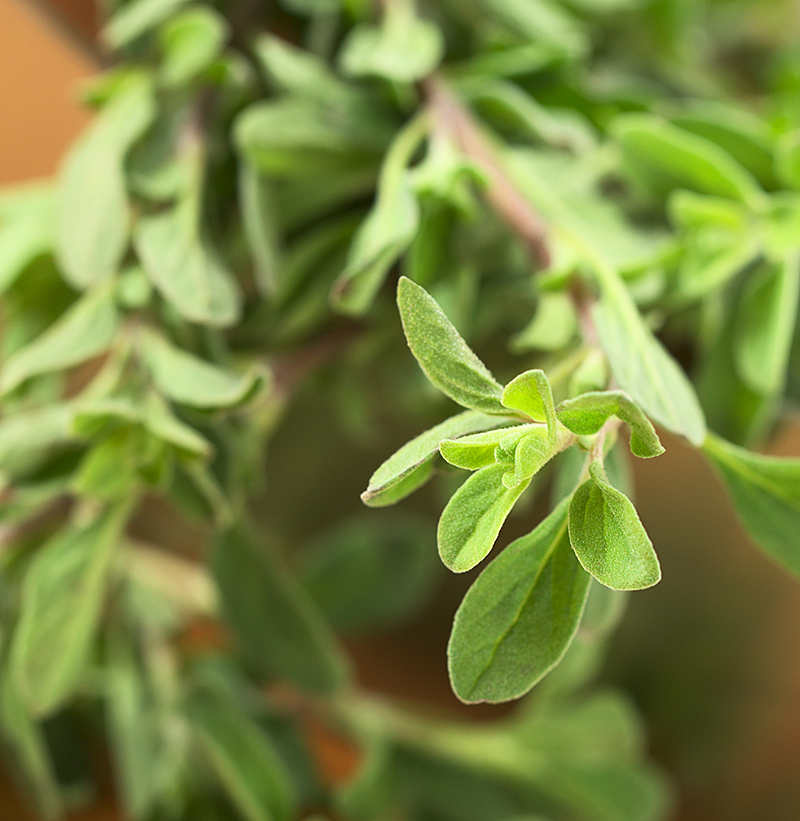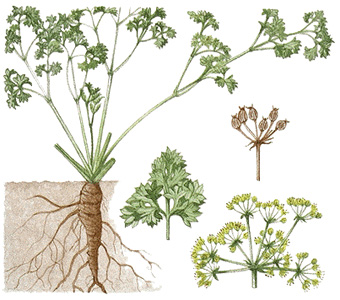Herb, << urb or hurb, >> is a low-growing plant that has a fleshy or juicy stem when it is young. The stems of some herbs develop hard, woody tissue when they grow old. Most herbs are perennials. The tops of the plants die each growing season, but the roots remain alive and produce new plants year after year. Some herbs are annuals. They live for only one growing season and must be raised from seed each year. The word herb comes from the Latin word herba, meaning grass, green stalks, or blades. Botanists use the word to mean any plant with soft, succulent tissues. But many people use the word to mean only herbs with some economic value.

Some herbs are used in cooking to flavor foods. Others give scents to perfumes. Still others are used for medicines. Some herbs, such as balm and sage, are valued for their leaves. Saffron is picked for its buds and flowers. Fennel seeds are valuable in relishes and seasoning. Vanilla fruit pods yield vanilla flavoring. Ginseng is valued for its aromatic roots.

People often grow herbs in their gardens. Many kinds of herbs can also be raised indoors. The plants grow well with little care. Gardeners plant herbs in good soil that has been well-cultivated. They choose a sunny spot that is easily accessible. When the herbs begin to grow, the gardener keeps the soil loose and free from weeds. The leaves, stems, or seeds of herbs can be used fresh, or they can be dried for later use. Dried herbs can be pounded to a fine powder, placed in airtight containers, and then stored. See Gardening (Herb gardens).
Although herbs have little food value, they make food tasty and more flavorful. Cooking with herbs has become a culinary art, and it adds great variety to any menu.
